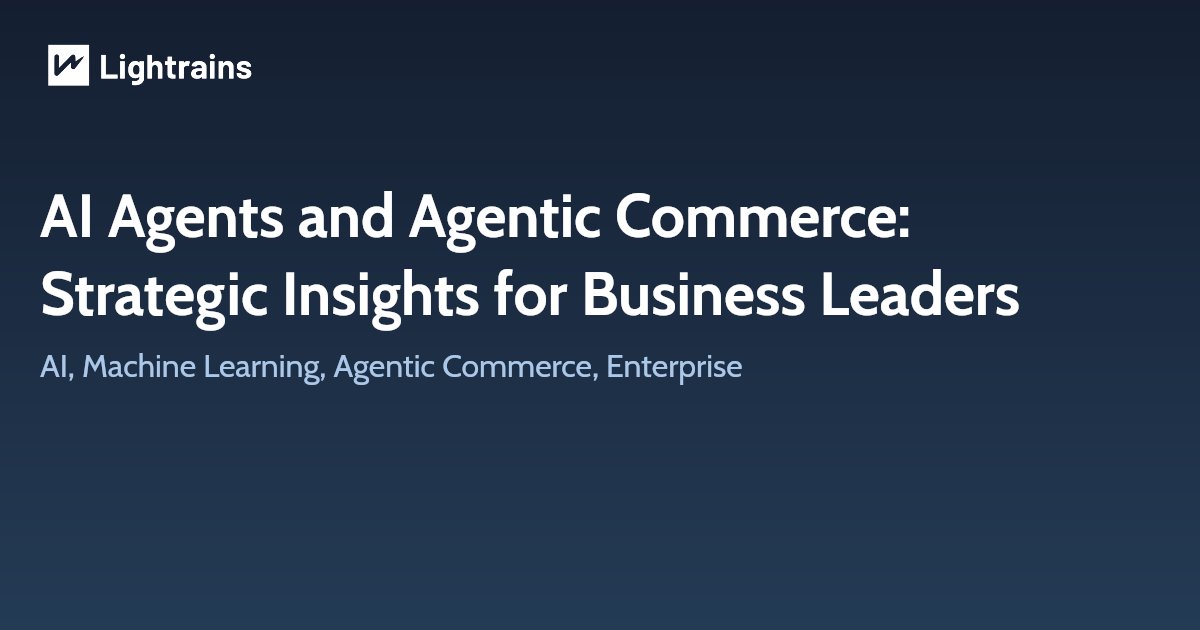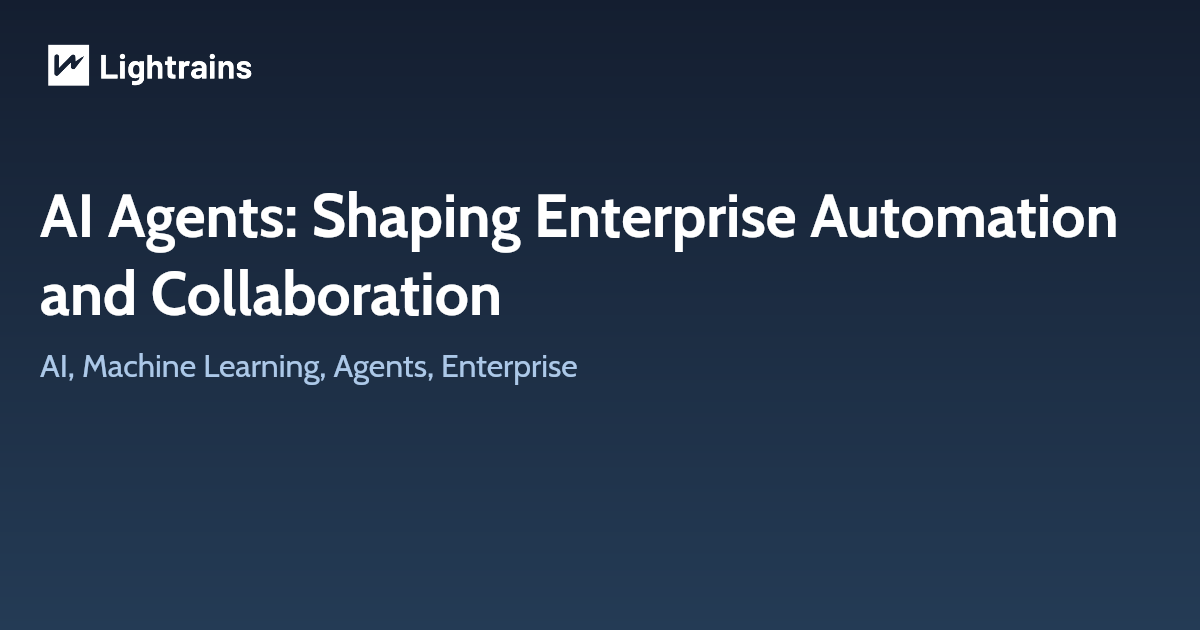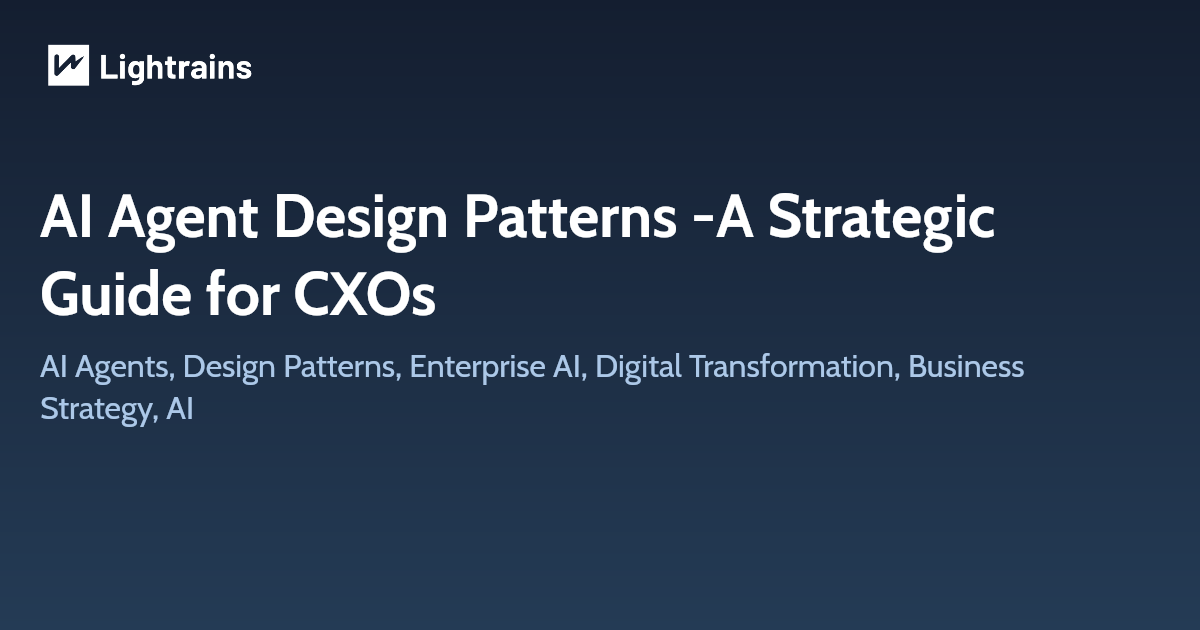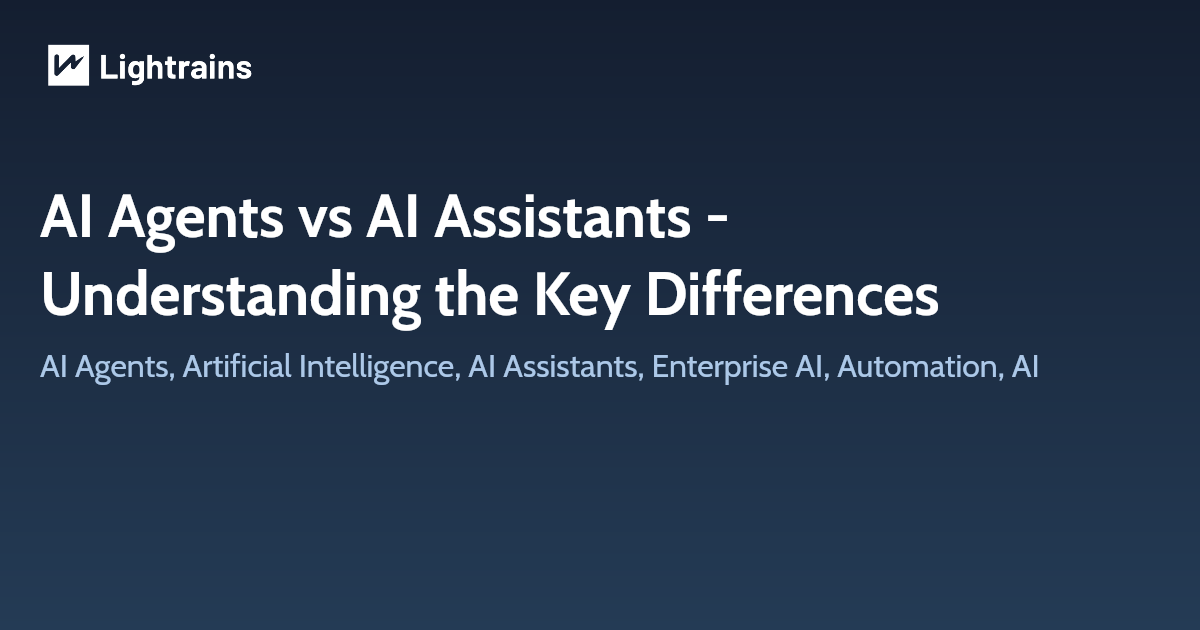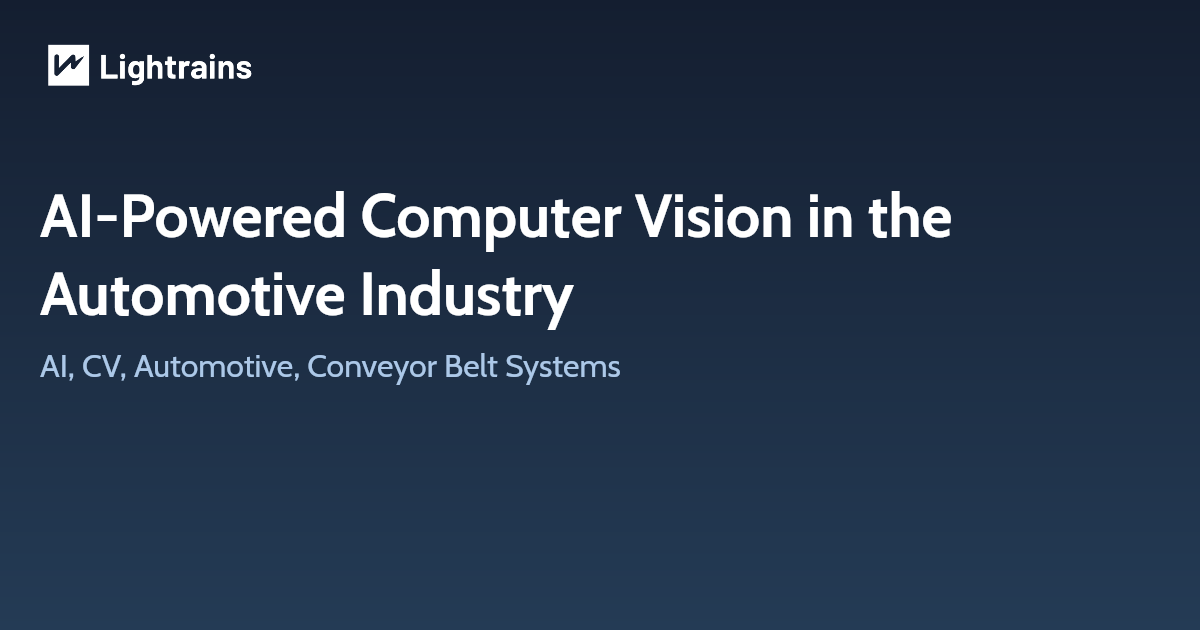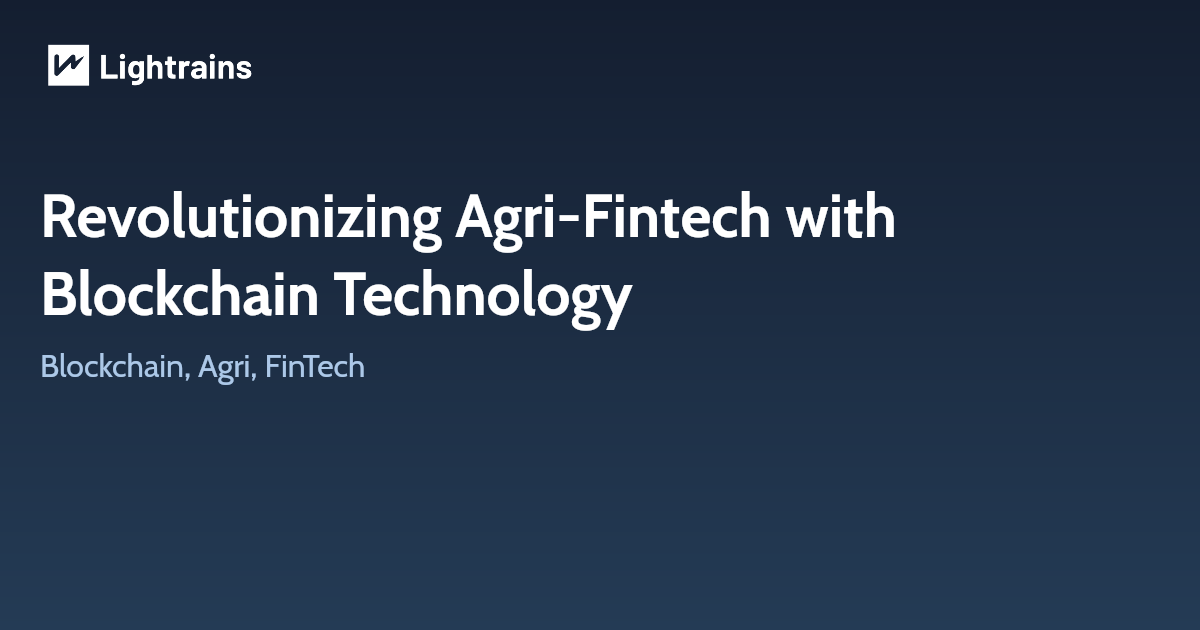Introduction
Students with Special Educational Needs (SEN) can benefit greatly from wearable fitness trackers that provide real-time feedback, activity monitoring, and emotional support. However, designing AI models for these resource-constrained wearable devices is challenging.
Tiny Machine Learning (TinyML) – which brings ML to microcontrollers – combined with advanced model optimization techniques can enable powerful yet efficient AI on SEN fitness trackers. This article explores how pruning, quantization, knowledge distillation, and neural architecture search (NAS) help overcome limited compute, power, and privacy constraints. We also highlight applications like activity recognition, emotion detection, and health monitoring relevant to SEN students, backed by recent academic findings (2023–2025).
TinyML on Wearables: Small Models, Big Impact
TinyML refers to deploying machine learning models directly on tiny, resource-limited devices (microcontrollers, sensors) instead of relying on the cloud. For SEN fitness trackers, TinyML offers key advantages:
-
On-Device Processing: Models run on the wearable itself, ensuring real-time inference with minimal latency. This is critical for timely interventions (e.g., detecting stress or a fall).
-
Privacy Preservation: Sensitive data (heart rate, emotional state, etc.) stays on-device. Local processing reduces the risk of data breaches and the need to transmit personal information to external servers. This is especially important for children with special needs, where ethical data handling is paramount.
-
Offline Functionality: TinyML models can function without continuous internet connectivity, ensuring reliable monitoring even when offline.
-
Power Efficiency: Properly optimized TinyML models require low power, aligning with battery constraints of wearables. By performing only the necessary computations on efficient hardware, TinyML extends battery life for continuous monitoring.
TinyML’s promise is evident across domains. For example, in healthcare TinyML-enabled wearables monitor vital signs and detect anomalies on the edge, providing early warnings without cloud assistance. Recent reviews highlight TinyML’s transformative potential in healthcare, environmental monitoring, and smart homes, all enabled by local AI inference.
Challenges in SEN Wearable AI
Designing AI models for SEN students’ fitness trackers involves tackling several challenges:
1. Limited Compute & Memory
Wearables use low-power microcontrollers (e.g., ARM Cortex-M series) with scant memory (tens of kB to a few MB). Models must be tiny in size and computation – far smaller than typical mobile or cloud models. For perspective, a state-of-the-art MCUNet model can run on an MCU with <1MB memory.
2. Power Constraints
These devices run on small batteries. Heavy computation can drain batteries quickly. Energy-aware algorithms and efficient models are crucial for longer use between charges. Survey research emphasizes optimizing energy consumption to prolong device battery life while still performing continuous activity recognition.
3. Real-Time Processing
SEN applications (e.g., alerting a caregiver when a student shows signs of anxiety) demand immediate response. Models must run with low latency to provide feedback instantly. This means optimizing not only accuracy but also inference speed and worst-case execution time.
4. Data Privacy & Security
Wearables for SEN students gather personal physiological and behavioral data. Ensuring data privacy, secure storage, and compliance with regulations is non-negotiable. Processing data locally (TinyML) helps, but additional safeguards (e.g., encryption, anonymization) are needed to protect sensitive information on-device.
5. Robustness & Reliability
The models should handle noise and variability in sensor data (motion artifacts, varying skin responses, etc.) while maintaining accuracy. For SEN students, false negatives (missed alerts) or false positives (unnecessary alarms) can diminish trust in the device.
Model Optimization Techniques for TinyML
To address these challenges, researchers have developed several model optimization techniques. These methods aim to shrink model size, reduce computation, and maintain accuracy – making AI feasible on wearables.
1. Quantization
Quantization reduces the precision of model parameters (weights and activations), typically from 32-bit floating point to 8-bit integers or even lower. This yields smaller models and faster computation:
- Lower-precision arithmetic uses less memory and leverages efficient integer math on MCUs, cutting both size and energy use.
- Post-training quantization can often compress a model with minimal impact on accuracy (sometimes <1% drop) while greatly reducing RAM and flash requirements.
- For TinyML, 8-bit quantization is common (as in TensorFlow Lite Micro), but researchers are exploring 4-bit or mixed precision for further gains. The trade-off is ensuring the quantized model still meets accuracy needs of SEN applications (e.g., reliably detecting a seizure vs. normal activity).
Key insight: A 2024 TinyML review emphasizes that quantization is “crucial for reducing memory usage” and enabling real-time inference on limited hardware. Combined with specialized hardware accelerators, quantized models can run orders of magnitude more efficiently than their float32 counterparts.
2. Pruning
Pruning removes unnecessary neurons, connections, or filters in a neural network:
- By eliminating redundant parameters, pruning produces a sparser model that requires fewer computations
- Techniques include magnitude pruning (cutting weights below a threshold) and structured pruning (removing entire neurons or channels) to simplify the model’s architecture.
- Pruned models often need a fine-tuning step to recover any lost accuracy. The result is a smaller model that runs faster on microcontrollers.
- Pruning is biologically inspired – similar to how the brain trims synapses, we trim the neural network’s fat.
Example: MCUNet achieved high ImageNet accuracy under MCU constraints by co-designing network architecture with pruning strategies. A survey notes that pruning combined with quantization can greatly reduce model size with little accuracy loss, especially for large networks trimmed down to TinyML scale.
3. Knowledge Distillation
Knowledge distillation (KD) involves training a compact student model to mimic a larger teacher model:
- First introduced by Hinton et al., KD transfers the “knowledge” (soft predictions or feature representations) from a complex model to a simpler one.
- The student model learns to approximate the teacher’s outputs, often achieving much of the teacher’s accuracy at a fraction of the size.
- KD is a powerful tool for TinyML because it lets us use advanced architectures (teacher) during training and end up with a lean model for deployment. It’s like having a coach model teach a trainee model how to perform well.
- Multi-model ensembles or even large datasets’ knowledge can be compressed into one small model via distillation, boosting the student’s performance beyond what it could achieve alone.
Recent advancement: A 2023 survey highlights KD as a “promising approach in a wide range of applications” for model compression, complementary to pruning and quantization. Especially for tasks like speech or emotion recognition on wearables, a distilled model can balance accuracy and efficiency.
4. Neural Architecture Search (NAS)
Manually designing an optimal tiny neural network is difficult. Neural Architecture Search (NAS) automates this by exploring numerous model architectures under given constraints:
- Hardware-aware NAS: Modern NAS frameworks include the device’s constraints (flash size, RAM, inference time) as objectives, not just accuracy. This multi-objective approach finds architectures that fit the microcontroller.
- Reinforcement learning or evolutionary algorithms often guide the search for an optimal architecture. For example, a 2024 study used multi-objective Bayesian optimization and RL agents to find TinyML models balancing accuracy, memory, and FLOPs.
- NAS can produce novel efficient architectures (e.g., depthwise separable conv layers, optimized kernel sizes) that a human might not consider, squeezing the best performance per computation. It effectively co-designs the model with awareness of edge deployment.
Result: NAS has yielded state-of-the-art TinyML models. Researchers show that a tailored NAS strategy can outperform manual designs, finding models like tiny ResNet/MobileNet variants that significantly reduce memory usage while maintaining accuracy. This is particularly useful for SEN wearables where every kilobyte and millisecond matter.
Applications: Optimized AI Models for SEN Wearables
With these optimizations, what can SEN fitness trackers do? Below are key applications, along with examples from recent research:
Activity Recognition for SEN Students
Wearables can track physical activities (walking, sitting, fidgeting) and detect unusual patterns:
Human Activity Recognition (HAR)
By using accelerometers and gyroscopes, TinyML models classify movements. Energy-aware HAR is a growing area – models are designed to recognize activities while minimizing energy usage. This ensures the device can continuously monitor a child’s activity through the day without frequent recharging.
Sports Safety for ASD
Children with Autism Spectrum Disorder may have coordination challenges. Wearable sensors monitoring motion and vitals can flag early signs of distress or imbalance during sports.
A 2025 review found that such sensors (tracking heart rate variability, electrodermal activity, etc.) show promise in enhancing sports safety for ASD children, though device usability and data privacy need careful attention.
Fall Detection & Alerts
An optimized model can run continuously to detect falls or unusual inactivity – crucial for ensuring the safety of SEN students who might wander or have seizures. Pruned and quantized models for fall detection exist that fit in a few kilobytes and run in real-time on wristbands.
Example: A 2024 Frontiers study combined IoT sensors with AI for elderly and disabled individuals’ activity recognition. They used an ensemble of gated recurrent units (GRUs) and a deep feedforward network, optimized via evolutionary algorithms, achieving >99% accuracy in classifying activities. While targeting older adults, the concept translates to SEN students – a similarly optimized model can run on a NodeMCU or similar wearable to reliably track a child’s daily activities.
Emotion and Stress Detection
Emotional regulation is a critical aspect of support for SEN students (e.g., those with autism or anxiety disorders). Wearables can infer emotional state from physiological signals:
Stress Monitoring
TinyML models process signals like heart rate (PPG), skin conductance (EDA), and temperature to predict stress levels. For example, a recent study developed a TinyML-based stress classifier on a Raspberry Pi Pico (RP2040 MCU) using data from accelerometer, heart rate, skin conductance, and temperature sensors. After hyperparameter tuning and using a specialized library to convert the model for MCU deployment, they achieved 86% accuracy with a model only 1.12 MB in size, fitting well within the device’s 2MB memory. Such a system can give immediate feedback on stress, enabling teachers or caregivers to intervene early.
Emotion Recognition
Research is exploring TinyML for emotion detection via voice analysis or facial expressions (using low-res wearable cameras or microphones). For instance, TinyML models can run simple speech emotion recognition on-device – a distilled RNN that classifies mood from vocal tone – helping identify if a child is getting upset.
Anomaly Detection
Wearables equipped with anomaly detection models can learn a student’s typical patterns and flag deviations. For SEN students, anomalies might indicate emotional meltdowns or panic attacks. TinyML-driven anomaly detection has been used in IoT for device failures, and similar techniques can detect anomalies in physiological signals indicative of emotional distress.
Example: BiomedBench (2024) introduced a benchmark suite of TinyML biomedical applications, including an Emotion Classification task on a wearable device. This highlights the feasibility of running emotion recognition on low-power wearables by optimizing models and matching them to appropriate hardware. Each app in the suite demonstrates real-time monitoring with tight energy budgets, reinforcing how co-design of algorithms and hardware can meet SEN use-case requirements.
Health Monitoring & Biofeedback
Beyond activity and emotion, SEN fitness trackers can provide general health support:
Physiological Monitoring
Continuous tracking of heart rate, sleep patterns, or physical activity encourages healthy habits. TinyML models can analyze heart rhythm to detect anomalies like arrhythmias or predict epileptic seizures, all on-wrist with no cloud needed. Edge inference means alerts are faster and data stays private (very important for sensitive health data).
Personalized Alerts
For students with conditions like ADHD, a wearable could detect prolonged inactivity or overactivity and gently prompt the student (vibration or sound) to refocus or take a break. This requires a lightweight classifier running continuously; techniques like quantization ensure it can run all day without battery drain.
Biofeedback and Assistive Tech
Wearables can use TinyML to not just sense but also act. For example, a device might detect early signs of an anxiety episode and then trigger a calming intervention (like playing a soothing sound or guiding a breathing exercise). Ensuring the model is optimized (via pruning/distillation) allows the device to perform these tasks swiftly and reliably on limited hardware.
Ensuring Privacy and Security on Wearables
While TinyML inherently improves privacy by keeping data local, SEN fitness trackers demand robust privacy-preserving measures:
Data Encryption
Sensitive data (especially if stored on the device) should be encrypted. Models may operate on decrypted data in-memory, but any logged history (even short-term) must be secure.
Differential Privacy & Anonymization
If aggregate data from multiple users is ever analyzed (e.g., a study across a class), techniques like local differential privacy can ensure no individual’s data is exposed.
Secure Model Updates
Over-the-air updates for models need authentication and integrity checks to prevent tampering. A concern is “model poisoning” if an attacker tries to update a wearable’s model with malicious parameters. Blockchain-based update ledgers or signed firmware updates can mitigate this.
Ethical Use
Only necessary data should be collected, with clear consent from guardians. Transparency in what the model does and limitations (it’s not a medical device unless certified) is key. As one review on ASD sports wearables notes, addressing informed consent and avoiding over-reliance on tech is part of responsible design.
By combining technical safeguards with the TinyML approach, we ensure that SEN students’ wearables are trustworthy companions – providing help without compromising rights or dignity.
Conclusion
These optimized models unlock a range of supportive applications: from recognizing when a child with special needs is anxious or in danger, to encouraging healthy activity and providing timely feedback. Recent academic work (2023–2025) demonstrates that with careful design and optimization, edge AI for special education is becoming a reality. For example, TinyML models have successfully:
- Differentiated complex activities in children with high accuracy using decision-tree ML (LightGBM) on smartwatch data.
- Monitored stress in real-time on a microcontroller-based wearable with an optimized model under 1.2 MB.
- Benchmarked emotion recognition and biomedical signals processing across ultra-low-power boards, proving feasibility of bio-monitoring within tight energy budgets.
These devices will not only track steps or calories, but also become intelligent assistants – enhancing learning, safety, and well-being for those who need it most.
References
- Elhanashi, A. et al. (2024). Advancements in TinyML: Applications, Limitations, and Impact on IoT Devices. Electronics, 13(17).
- Lê, M.T. et al. (2023). Efficient Neural Networks for Tiny Machine Learning: A Comprehensive Review. arXiv:2311.11883.
- Contoli, C. et al. (2024). Energy-aware human activity recognition for wearable devices: A comprehensive review. Pervasive and Mobile Computing.
- Rokach, L. et al. (2025). Wearable Sensors for Ensuring Sports Safety in Children with ASD: A Comprehensive Review. Sensors.
- Deutel, M. et al. (2024). Neural Architecture Search for TinyML with Reinforcement Learning. ICLR 2024 (withdrawn).
- Abu-Samah, A. et al. (2023). Deployment of TinyML-Based Stress Classification Using Computational Constrained Wearable. Electronics, 14(4).
- Samakovlis, D. et al. (2024). BiomedBench: TinyML Biomedical Applications for Low-Power Wearables. arXiv:2406.03886.
- Deeptha, R. et al. (2024). Optimized IoT-AI Integration for HAR in Elderly and Disabled. Frontiers in Neuroinformatics, 18.
- Csizmadia, G. et al. (2022). Human activity recognition of children with wearable devices using LightGBM. Scientific Reports, 12.
This article originally appeared on lightrains.com
Leave a comment
To make a comment, please send an e-mail using the button below. Your e-mail address won't be shared and will be deleted from our records after the comment is published. If you don't want your real name to be credited alongside your comment, please specify the name you would like to use. If you would like your name to link to a specific URL, please share that as well. Thank you.
Comment via email
